In The Frame: 6-3-2023: Critiques, Creativity, and Something to Help You Find Clients
So much stuff, you may need a bigger card!
Good Sunday morning, creative people.
My name is Don Giannatti, and this is the weekend dispatch I call “In the Frame”. The site’s name itself is derived from this newsletter, which turns 10 years old this year. Originally on Mailchimp, we now call Substack our home.
Take a look around Substack and find some wonderful writers and photographers who hang out here.
Today I want to discuss getting a negative critique and how you can deal with it to make it a learning experience instead of a negative experience. This could be someone talking about your work, or how you feel after talking and showing your work to a negative client.
So grab a cup, and join us.
On Critics and Critiques
A recent email from a photographer got me thinking again about how important, while also being inherently unfair, most photographic criticism is.
(Criticism, while being very important to all of our work, is indeed inherently unfair if we believe the critic somehow knows more about what we are trying to do than we do. If they don’t understand our aesthetic, our message, or how we achieved the work we do, then their criticism usually comes from a place of “If I had done it, I would have…” which has absolutely nothing to do with any reality… ever. They didn’t and they wouldn’t have.)
As I have written before, knowing how to get a good critique takes research, and if you choose the wrong person with a far different aesthetic to critique your work, it may not end up being valuable to you at all.
This photographer had paid for a critique and received a very negative response from the critic. I think it was an unfair critique, but one that obviously struck a nerve.
I know receiving a tough critique can burn, like spilling coffee on a fresh roll of film. But remember, a critique is just one perspective. It's like looking at a photograph through a different lens.
That colleague of yours? They're just another photographer with their own set of lenses, their own view of the world, and their own ideas of what makes a good photograph.
Critique isn't the be-all and end-all of your craft.
Consider it a tool, a compass, if you will, to guide you, not to control your journey.
You're the one holding the camera, and it's your vision that matters most.
You've got a story to tell and a unique way of telling it. Don't let anyone else's critique silence your voice.
If you find that a critique has you doubting your work, take a step back and breathe.
Photography, like any art, is subjective. What one person views as a flaw, another might see as a stroke of genius. Remember that there's no right or wrong in art, only different perspectives. Your photography, your art, it's a reflection of you, and no critique should make you feel like you need to change that.
So, my friend, don't let a single critique bring you down. Use it as a stepping stone, a learning opportunity. Look at your work with fresh eyes and see if there's something you can take away from that critique to make your next photograph even better. But never, ever let it make you think about giving up.
Because you, my friend, are a photographer. You see the world in a way that no one else does. That's kinda like your superpower, your legend, your way of expressing the world to others.
React vs Response
This is a crucial aspect of critique in our field: the difference between reacting to and responding to a critique. It's a fine line to walk, but understanding it can be a game changer in your journey as a photographer.
If I were to tell you that I was having a reaction to drinking coffee, you may tell me to learn to drink almond milk or some other slightly disgusting, slimy liquid.
If I were to tell you that I was responding to my second cup of coffee, you would see that as a good thing, and we wouldn’t have to discuss exactly how you milk an almond.
Reacting and responding seem like similar words, but they carry widely different meanings.
Imagine: you share a photo you've been working on for days with a colleague. You have been able to capture a reflection of your lawn chair in a tiny speck of water, it closely resembles the pyramids in Egypt, and you have spent 23 and a half hours in Photoshop to get the damn thing right.
Your colleague looks it over and shares some thoughts that don't exactly line up with your vision.
“What am I looking at?” They shrug their shoulders and look at the next photo.
You feel that initial spark of defensiveness flare up.
You want to reach for something heavy to, uh…, educate him up the side of the head. Moron. No one would miss him, you say, as you wonder if there is a ‘train station” in your neck of the woods.
That, my friends, is a reaction.
A reaction is instinctive. It's knee-jerk and visceral, like reaching out to grab your camera when it slips from your hands. We all react; it's part of being human.
However, in the context of critique, reactions can often cloud our judgment and prevent us from seeing the true value of the feedback we're receiving.
On the flip side, we have response.
Responding to a critique is like choosing the right lens for the shot. It's deliberate. It's thoughtful.
It involves taking a step back, taking a deep breath, and looking at the feedback with fresh eyes.
In a response, you're not just hearing the critique, but you're actively listening and seeking to understand what's being said.
And here's the key part: when you respond rather than react, you open up a world of possibilities for growth. You turn that critique into a learning experience, a stepping stone on your path to mastery.
You might even find it sparks a new idea, setting off a cascade of creativity that leads you to your next great work.
Keep in mind that criticism is an opportunity.
It's a chance to see your work from another perspective, to discover something new about your style, your vision.
The next time you receive a critique, take a moment. Let the initial reaction pass. Then look at it again calmly and objectively.
See it not as an attack but as an opportunity.
Respond to it, don't react.
Remember, every critique is a chance to grow, a chance to evolve.
It's all part of the wonderful, messy, and beautiful journey of being a photographer.
Critiques, even bad ones, are just a small part of the grand adventure of photography.
Your passion, your vision—that's what truly matters.
So, hold your head high, keep your camera close, and let's show the world what you've got. Keep making art, my friend.
Keep making art.
Five Inspirational Things That Cost You Nothing
Meat and Hair: This is Ash Ambirge’s incredible daily newsletter of creativity found in writing. Whether from an email, website, or the real world, Ash curates the words that make us smile. And give us ideas to be even more creative.
“Process” by Wesley Verhoeve. “Process” is Wesley’s newsletter here on Substack. I highly recommend you to view this treasure trove of working photography knowledge.
Spend an hour at “Booooooom”. Seriously, do it.
Watch this video:
So Now I Have a Photo. What Else Can I Do With It?
Hang on tight for this one:
I've got a few tricks up my sleeve to make your photographs come to life in ways you may not have considered. Let's dive in, shall we?
Photo-Inspired Artwork: Trace over your photo print with ink, marker, or paint, blending photography with hand-drawn art. It’s messy, it’s beautiful, and it’s all you.
Interactive Photo Puzzle: Make a custom jigsaw puzzle out of your photo. This ain't your grandma's puzzle. It's fun, interactive, and hands-on.
Holographic Images: Convert your photograph into a hologram. A little tech, a little science, a whole lot of wow-factor.
3D Print Reality: Use a 3D printer to create a tangible, touchable model from your photo. Hold your photo in your hand. Literally.
Image-Infused Coffee: Print your photo on coffee foam with a coffee printer. A morning jolt of caffeine and creativity.
Edible Photos: Put your photo on a cake, cookie, or other edible treat. Delicious and daring.
Projections: Project your image onto a large building or cliff face. Size matters. Go big or go home.
Submerged Gallery: Display waterproof prints underwater, in a pool or aquarium. Immerse yourself in your art, so to speak.
Phantom Frames: Create empty picture frames around notable locations in your town and place your image inside. Street art with a twist.
Augmented Reality Gallery: Use AR technology to create a digital gallery of your photos that people can explore using their smartphones. A gallery in every pocket.
Yes, photography is all about capturing moments, but what you do with those moments... well, that's up to you. The world is your canvas.
Now go make some art.
(I would love to hear any additional ideas you all have for working with a print or digital file beyond just having it. I am experimenting with inks and paint on photographic prints that didn’t print correctly. I have saved up a box of partially printed, or bad color prints and now I am going to see what I can do with them.
Let me know what you do.)
From P52 Pro 2023 students.




From top left clockwise: Asha Menon, Jan Soehlke, Rob Scamp, Denghang Xua.
From the Mentorship Group:

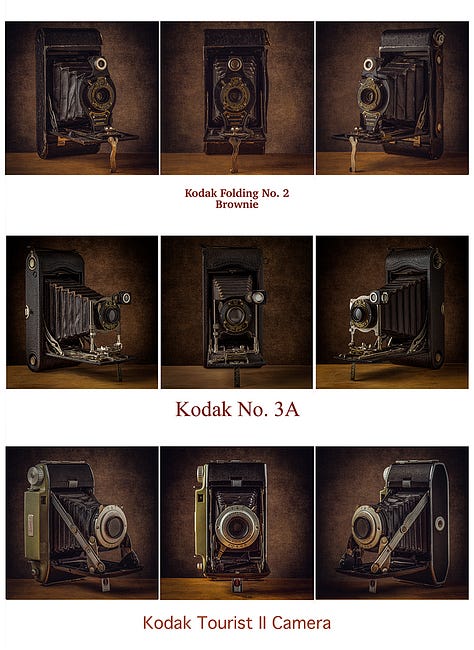

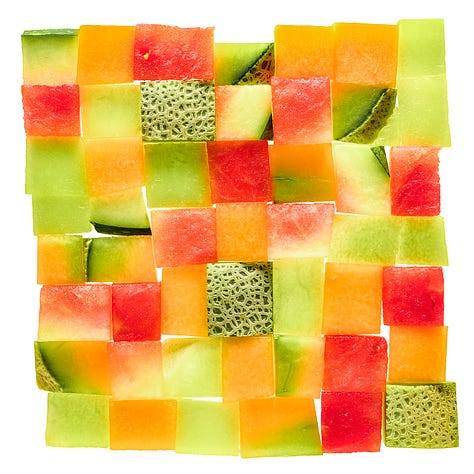

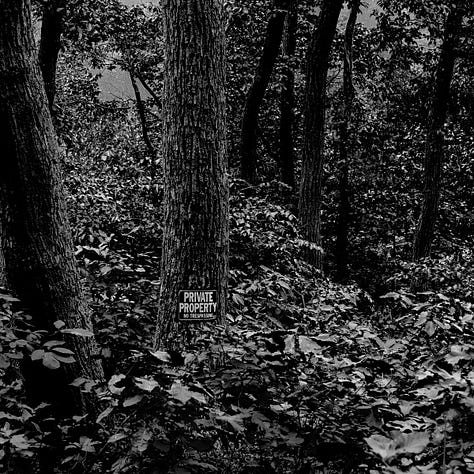



From left:
Top row: Ken Lamb, Kevin Karzin, Ligia Johnson.
Middle row: Amy Roth, Derrick Rose, Donn Dobkin
Bottom row: Jay Chatzkel, Joe Cosentino, Julie LHeureux
Do You Want to Work as a Photographer?
I have been mulling it over, and I have decided to do this.
I will guarantee you will make your investment back in the 6-month One-on-One mentorship. Guaranteed.
If you do not make back your investment of $2500 within the 6-month scheduled mentorship, I will keep mentoring you until you do.
If you are new, we will get you working.
If you are already working, we will bring in bigger clients.
I will expect you to follow all of my advice, do what I tell you to do, and make sure you are hitting all the things that we require for all of our mentees. Looking back on who I have worked with, and how they have fared, I am very confident I can make this guarantee.
You will have to keep a log (furnished).
You will have to do what I ask you to do.
You will have to be willing to commit to this business.
You must have a portfolio that I think we can use, so there will be a necessity for an interview and portfolio review.
If you would like to get started with the possibility of starting a business with this or expanding your current business, fill out this form. There are no strings or obligations, nor are there any hard-sell tactics. Most of you know me well enough to know I do not abide by that BS. There are absolutely no strings attached to filling out the form but only do it if you are seriously thinking about joining up.
FREE WORKSHOP
All members of this newsletter get access to my free online workshop, Dare to Succeed, based on the no-BS business book I wrote for my Project 52 folks.)
Always interested to hear what you think, so comment away.
THE PAID SUBSCRIPTION MODEL
Are you thinking to yourself, “What reasons could possibly exist that would make me want to pay for a subscription to this, or any other newsletter?”
I get it. I do. But, see, here’s the thing.
There is value in the paid version that cannot be matched by anything in the known (and unknown) universe. That includes free copies of my books when they are released, information for subscribers only, live shows starting in June, and a heck of a lot of fun. In fact, I am using Chat GPT to locate all the counties and townships where having this much fun could actually be illegal. I’ll keep you apprised.
Take a look and decide for yourself.





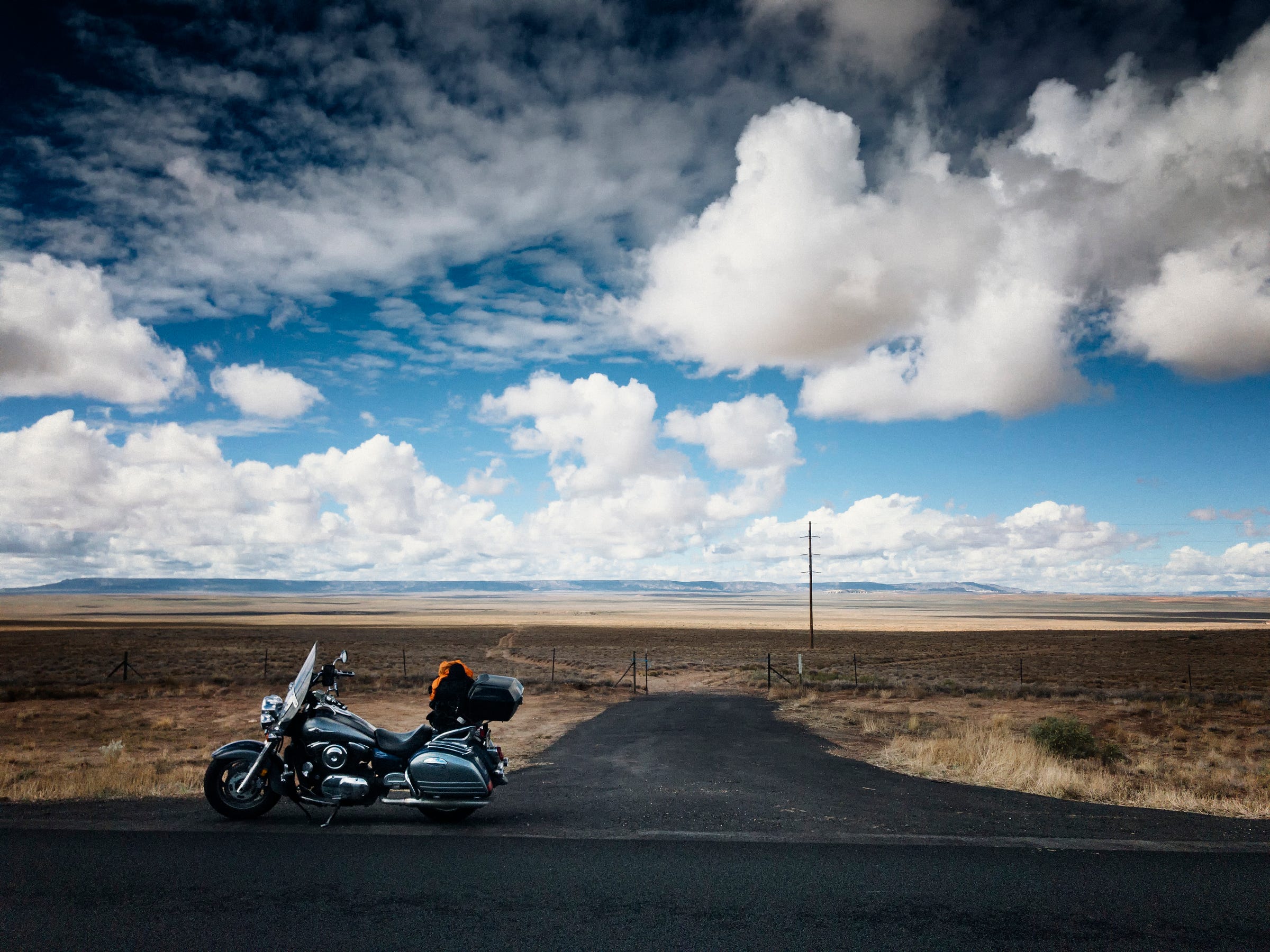
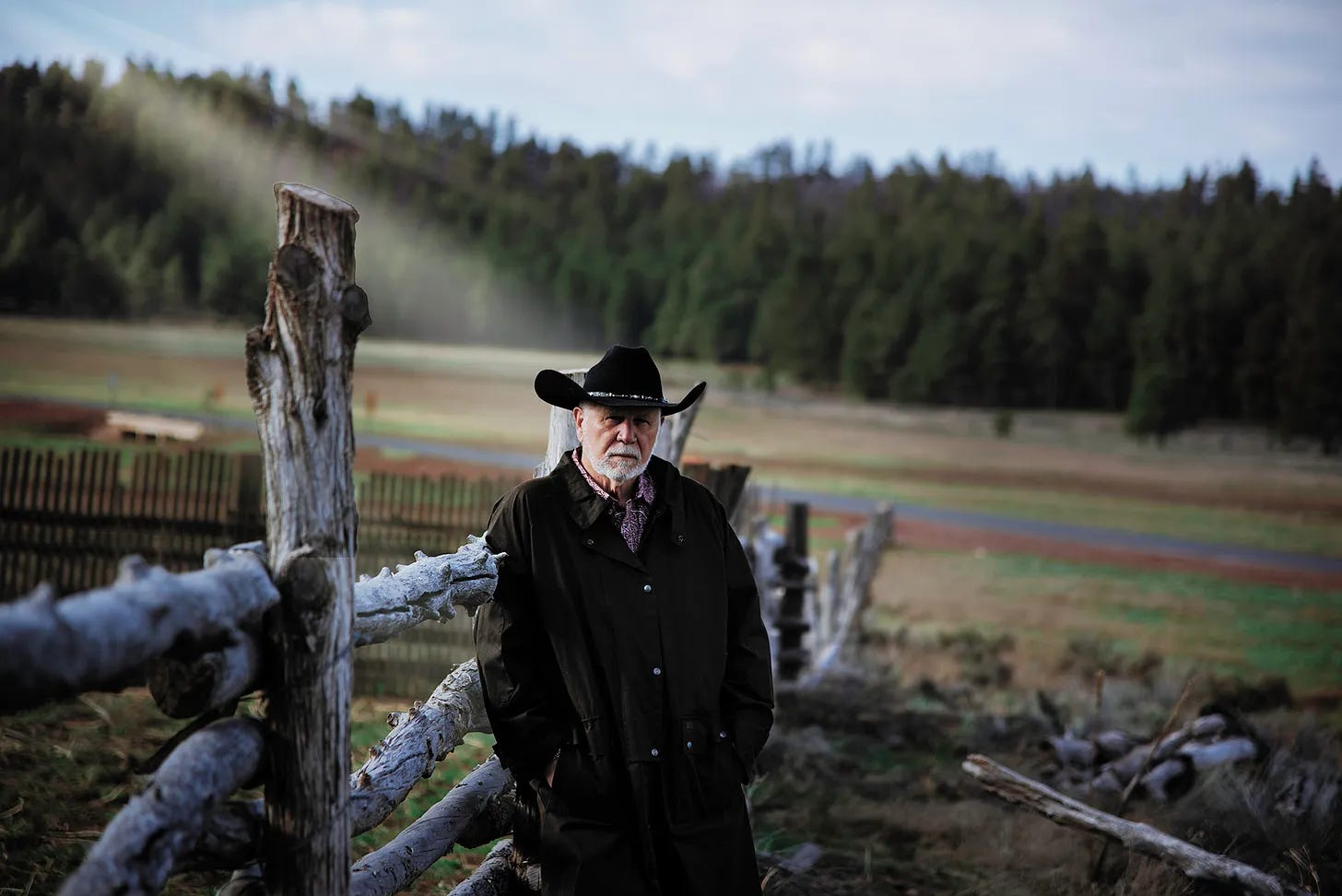
Lol... Don...I felt as if you were speaking directly to me...and you are so right. I am me as a photographer. I respect my peers, but I've got to be me as well..listen, take it in, then do me. I do believe you've said that to me before. Thank you